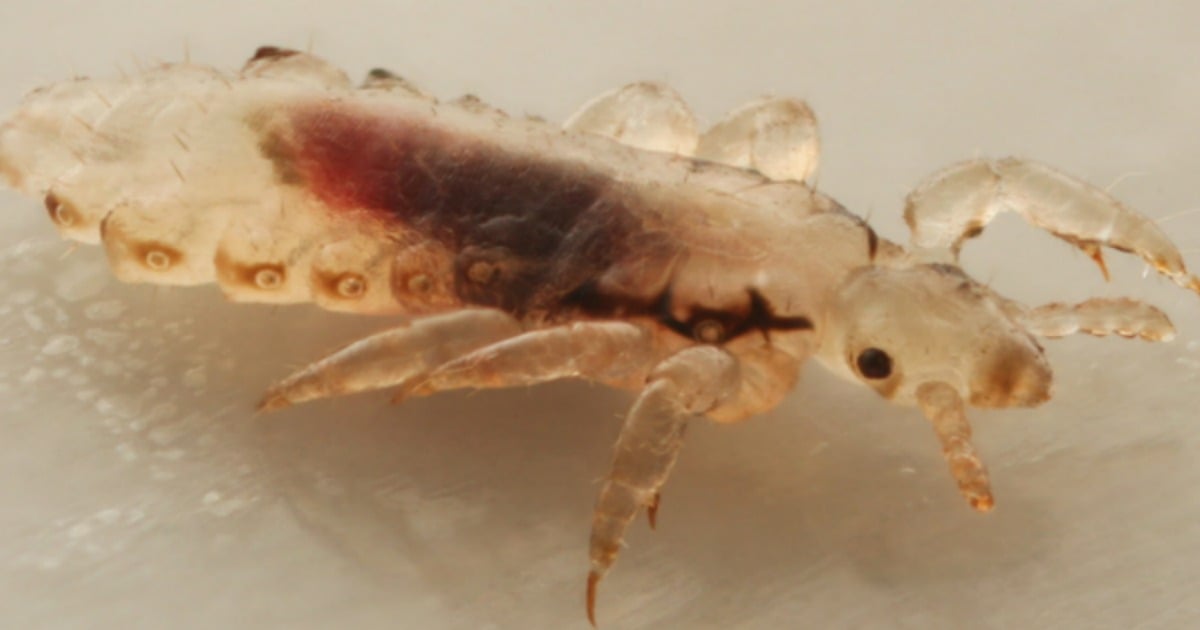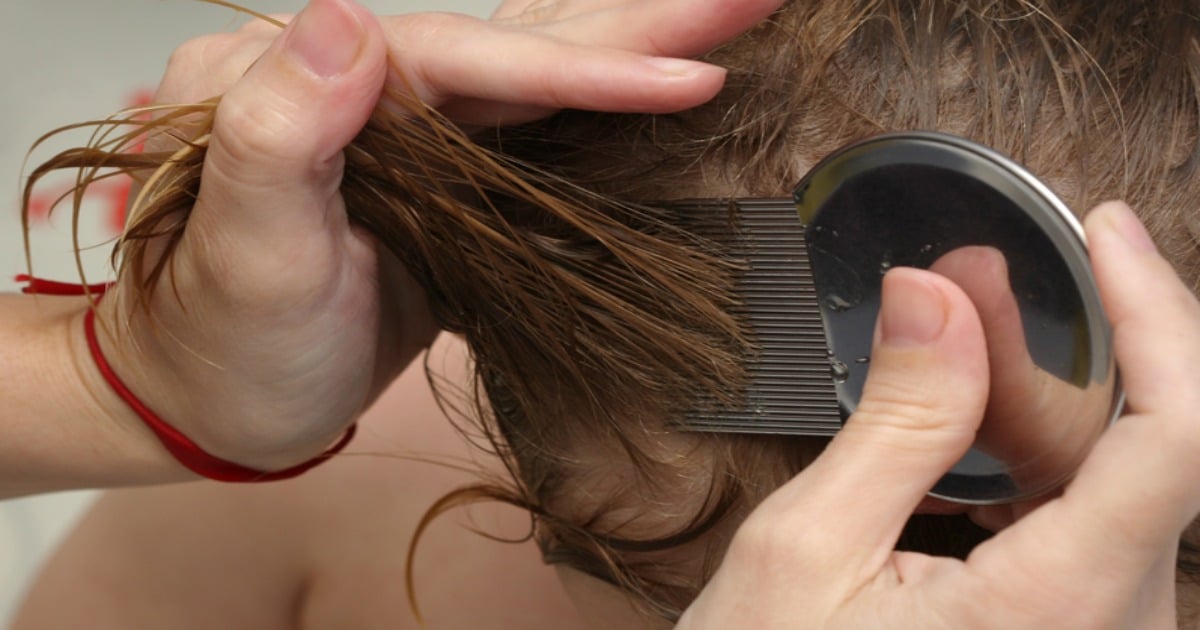Nits.
Itchy, scratchy, wiggly, squirmy, blood sucking mites breeding and reproducing and inhabiting the heads of our once flawless little children, turning them into vermin infested creatures.
It is estimated that 25% of primary school children have nits at any one time. Tiny two millimetre monsters digging their claws into the scalps of our offspring, devouring their blood and laying at least six to eight eggs a day to help reinforce their populations.

25% of primary school children have nits at any one time. Image via IStock.
It's no wonder they are so bloody hard to get rid of.
Once they’ve invaded your territory it can seem almost impossible to get rid of them. You try lotions and creams, combs and expensive little electric zapping machines that claim to zap the little buggers before they can drink another drop of your blood.





























































































